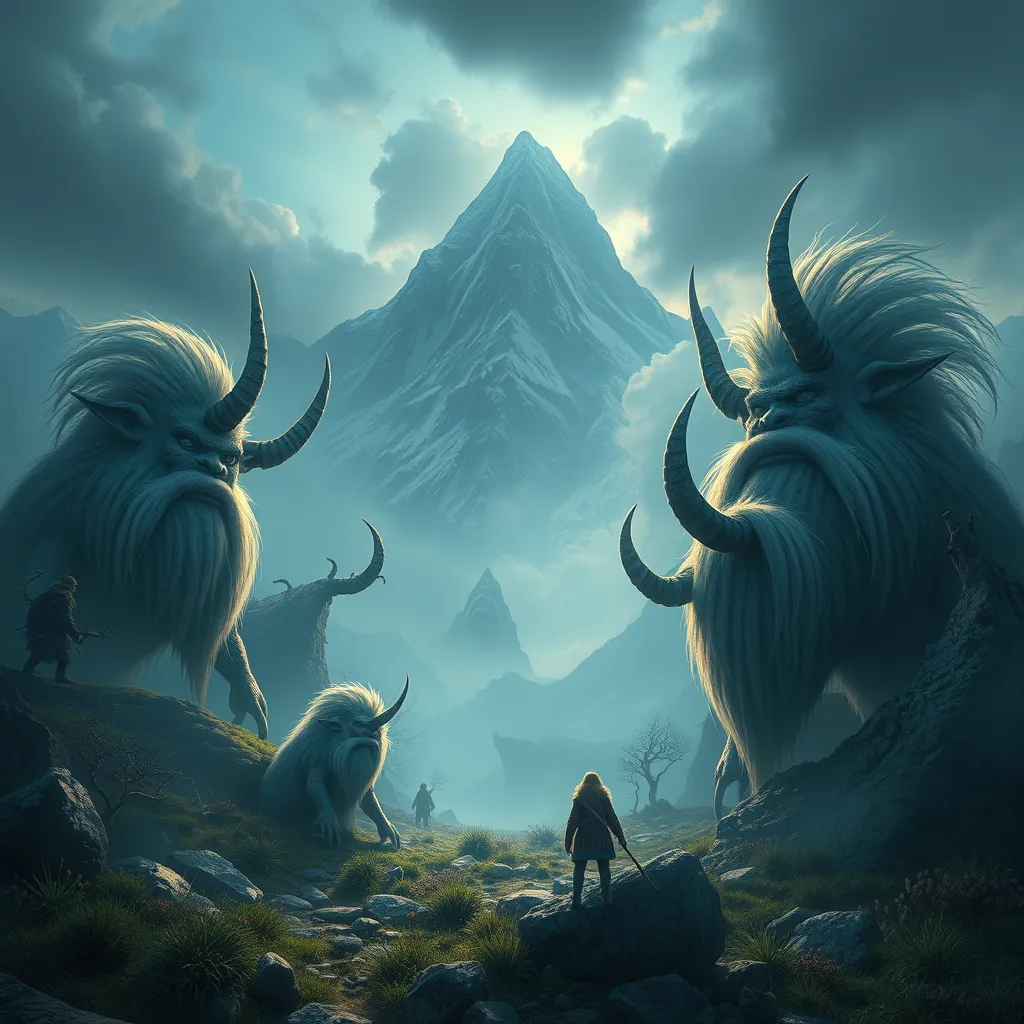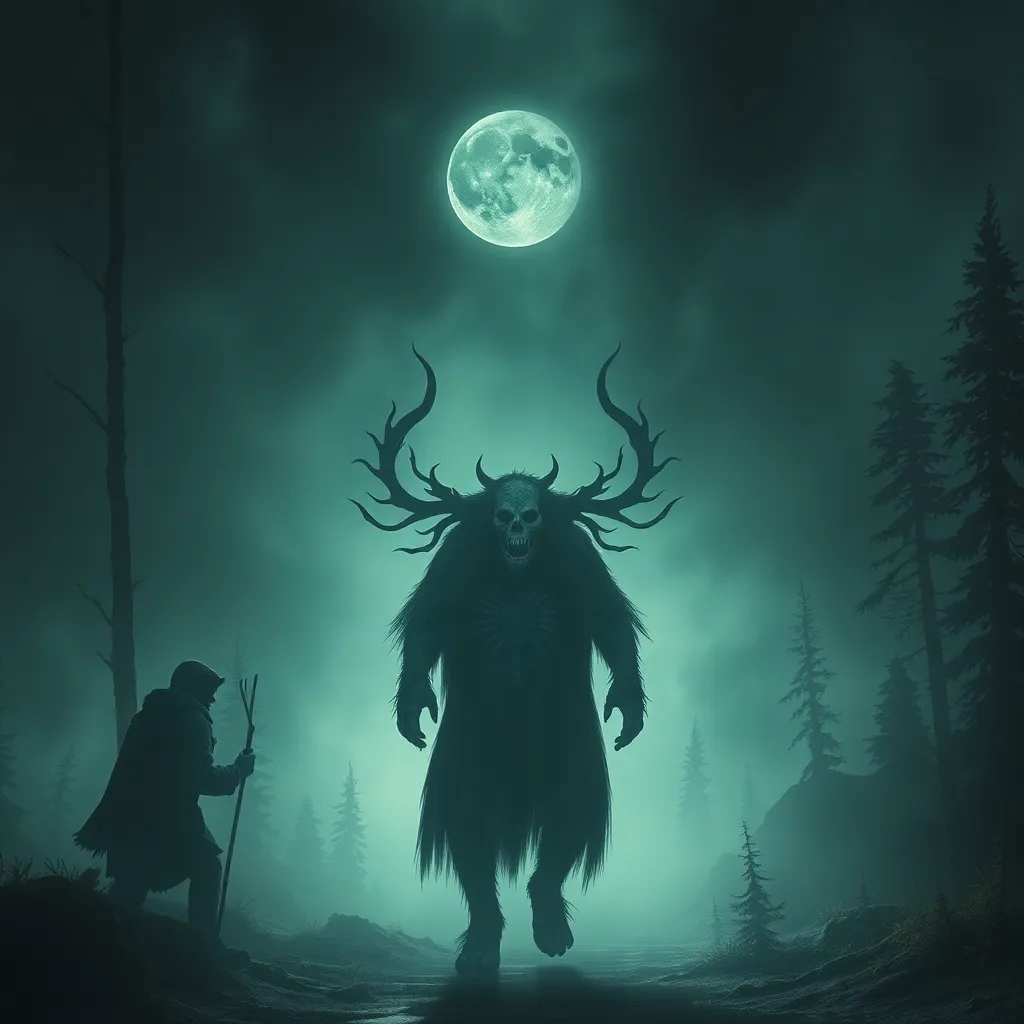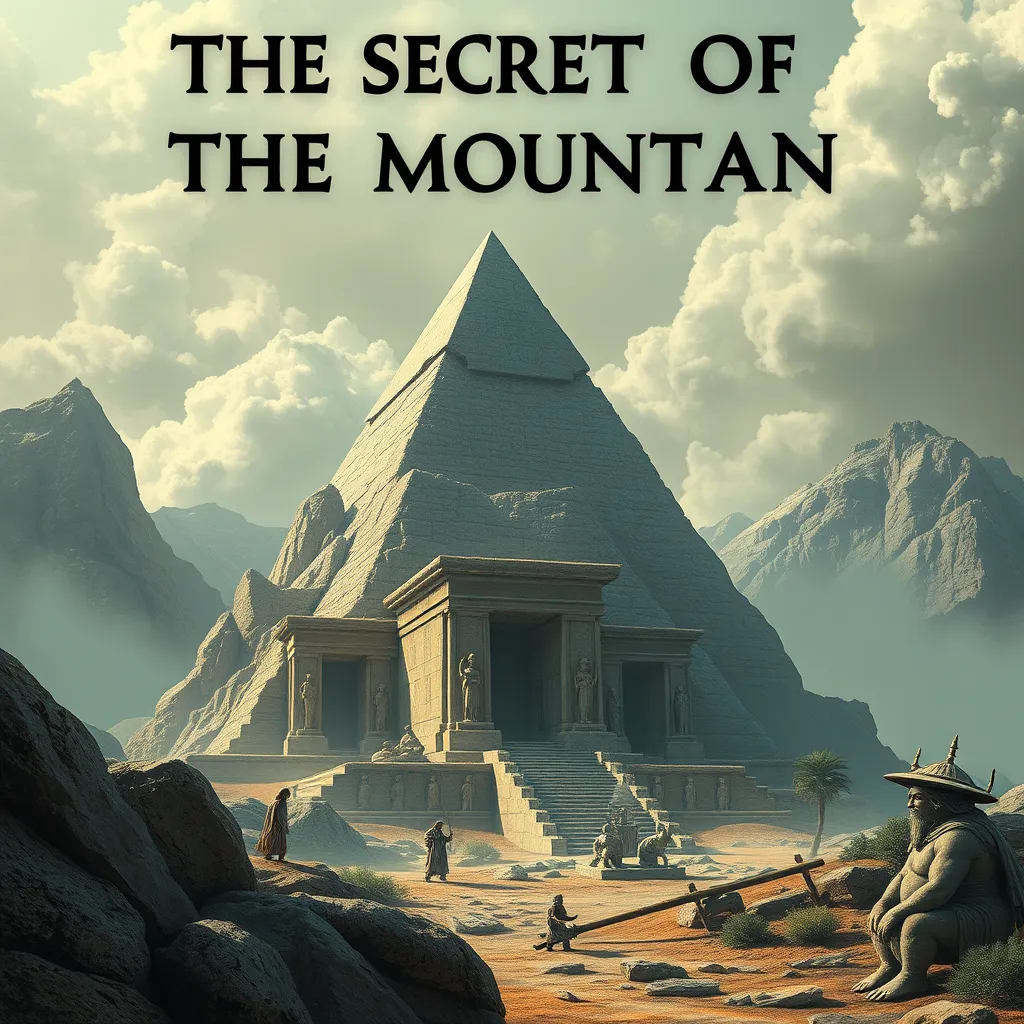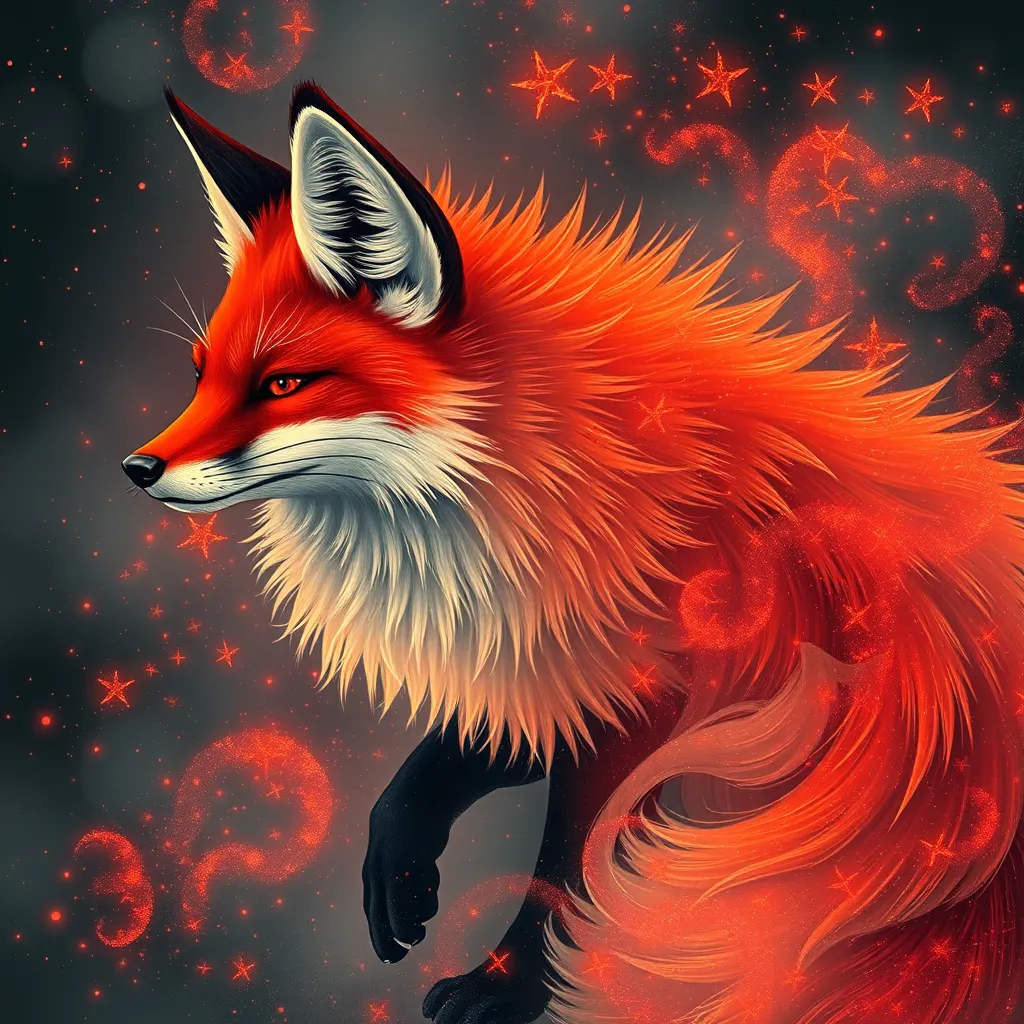Beyond the Mountains: The Hidden Kingdoms of Scandinavian Trolls
I. Introduction
Scandinavian folklore is rich with tales of mythical beings, enchanting landscapes, and age-old traditions that have captivated the imagination for generations. Among these mythical figures, trolls stand out as some of the most intriguing and complex characters. These creatures, often depicted as large, brutish beings, have a significant presence in the cultural narratives of Scandinavia. This article aims to explore the hidden kingdoms of trolls, delving into their origins, characteristics, and cultural impact.
II. The Origins of Troll Mythology
The roots of troll mythology can be traced back to the early medieval period in Scandinavia, where various tribes and communities shared stories that reflected their beliefs and fears.
A. Historical context of trolls in Scandinavian culture
Trolls were often seen as embodiments of the untamed wilderness, representing the fears of the unknown that lurked beyond the safety of human settlements. They were believed to inhabit the mountains, forests, and caves, serving as a reminder of nature’s power and unpredictability.
B. Early literature and oral traditions
The earliest references to trolls can be found in Norse sagas and Eddas, where they are depicted as adversaries to gods and heroes. Oral traditions, passed down through generations, further enriched the mythology surrounding trolls, painting them in various lights—from fearsome foes to misunderstood creatures.
C. Different interpretations across regions
Across Scandinavia, trolls have been interpreted differently. In Sweden, trolls are often portrayed as larger-than-life characters with a penchant for trickery, while in Norway, they are sometimes seen as guardians of the forest. In Denmark, trolls are depicted more sympathetically, often associated with nature’s beauty.
III. The Characteristics of Trolls
Trolls are not a monolithic entity; they come in various shapes, sizes, and temperaments, which reflect the diverse landscape of Scandinavian folklore.
A. Physical attributes and variations
- Size: Trolls are often described as gigantic, towering over humans, but some tales feature smaller, more manageable versions.
- Appearance: They are frequently depicted as having long hair, thick skin, and exaggerated facial features, which can range from grotesque to oddly charming.
- Coloration: Trolls may have earthy tones, blending into their natural surroundings, which adds to their mysterious nature.
B. Behavioral traits and societal roles
Trolls are often characterized by their mischievous and unpredictable behavior. They are known to:
- Kidnap humans and livestock.
- Engage in trickery, often leading travelers astray.
- Guard treasure and ancient knowledge.
C. The dual nature of trolls: benevolent vs. malevolent
While many tales depict trolls as malevolent figures, there are also stories where they act as protectors of the land, helping lost travelers or aiding in times of need. This duality reflects the complex relationship humans have with nature, embodying both fear and reverence.
IV. The Geography of Troll Kingdoms
The hidden kingdoms of trolls are intricately linked to the natural landscapes of Scandinavia, shaping their myths and stories.
A. Mapping the hidden realms across Scandinavia
Trolls are said to inhabit remote areas, often associated with:
- Mountain ranges like the Scandinavian Mountains.
- Dense forests such as the Boreal forests of Norway and Sweden.
- Glimpses of their kingdoms can be found in caves and under bridges.
B. Natural features that define troll habitats
The geography of these regions plays a crucial role in troll folklore. Features such as:
- Mountains: Seen as barriers between the human world and the realm of trolls.
- Rivers: Often used as pathways for trolls to travel.
- Forests: Represent the unknown, where trolls can hide from human eyes.
C. The symbolism of mountains and forests in troll lore
Mountains and forests are not merely backdrops to troll tales; they symbolize the wildness of nature and the mystery of the unknown. In many stories, the journey into these environments signifies a confrontation with one’s fears.
V. Encounters with Trolls in Folktales
The tales of trolls are numerous and varied, each carrying its own lessons and morals.
A. Famous stories and their significance
Some of the most famous tales include:
- The Three Billy Goats Gruff: A classic tale where cleverness triumphs over brute strength.
- Trolls in the Mountain: Stories that explore the themes of greed and consequence.
B. Lessons and morals derived from troll encounters
The lessons from these encounters often revolve around:
- The importance of wit and intelligence over physical strength.
- Respect for nature and its hidden dangers.
- The idea that not all that is different is inherently bad.
C. The evolution of troll tales over time
As society has evolved, so too have the stories of trolls. Modern interpretations often depict them in more relatable ways, reflecting contemporary values and concerns.
VI. Modern Interpretations and Representations
Trolls have not been confined to the pages of folklore; they have found new life in contemporary literature and media.
A. Trolls in contemporary literature and media
Today, trolls appear in various forms of media, from children’s books to blockbuster films, influencing how new generations perceive these mythical beings.
B. The influence of trolls on pop culture
Pop culture depictions of trolls range from:
- Comedic characters in animated series.
- Dramatic portrayals in fantasy novels and films.
- Video games that feature trolls as formidable foes or quirky allies.
C. How modern society views and relates to troll mythology
In a world increasingly disconnected from nature, trolls serve as a reminder of our roots, embodying the stories and fears of a time when nature was both revered and feared.
VII. The Cultural Impact of Trolls
The influence of trolls extends beyond mere folklore; they have become symbols of cultural identity and economic importance in Scandinavia.
A. Trolls as symbols of nature and wilderness
Trolls represent the untamed aspects of nature, highlighting the beauty and danger that coexist in the wilderness. They remind us of the importance of preserving these natural environments.
B. The role of trolls in tourism and local economies
Many regions in Scandinavia capitalize on troll mythology to attract tourists, offering:
- Troll-themed parks and attractions.
- Guided tours through troll-infested landscapes.
- Merchandise inspired by troll folklore.
C. Preservation of troll folklore in modern Scandinavian culture
Efforts to preserve troll folklore include:
- Folklore festivals that celebrate traditional stories.
- Academic research focusing on oral traditions.
- Community initiatives aimed at keeping these tales alive for future generations.
VIII. Conclusion
Trolls hold a significant place in the tapestry of Scandinavian tradition, embodying the complex relationship between humans and nature. Their hidden kingdoms, filled with mystery and intrigue, invite exploration and reflection. As we continue to navigate the modern world, the relevance of troll mythology remains strong, offering insights into our fears, values, and the enduring allure of the unknown.



